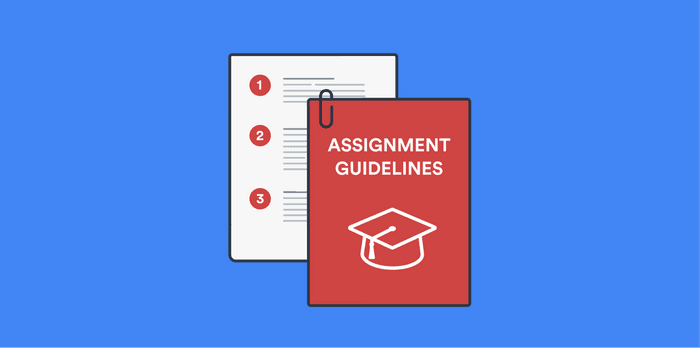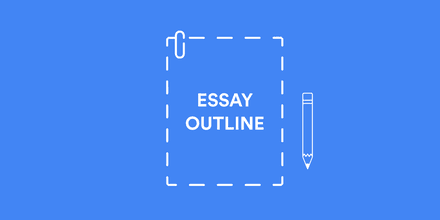
Before you can start researching and writing, you should always double-check your assignment guidelines to be sure that you understand what your instructor requires and how you will be graded. In this post, we discuss tactics for understanding assignment guidelines for academic papers.
What are assignment guidelines?
When instructors assign essays, research papers, or other projects, they may provide you with a set of guidelines for completing the assignment successfully. These guidelines feature information about what the instructor expects and how the assignment will be graded.
Guidelines may also include step-by-step instructions on how to complete the assignment, as well as information about formatting, style, and citations. You can use assignment guidelines to help you create a plan for finishing your research, writing, and citing in a timely way.
The core parts of an academic assignment
Most assignment guidelines include some, if not all, of the following components.
Overview
Your instructor will likely include an overview of the assignment that provides a summary of the assignment and that highlights its main purpose.
Step-by-step instructions
Assignment guidelines may also include step-by-step instructions that break the assignment down into more manageable parts. For instance, for a research paper assignment, you might encounter steps for the research process, steps for writing, and additional steps for revision and proofreading.
Formatting requirements
Writing assignment guidelines also include formatting instructions. These will tell you what kind of citation style that you need to use for your bibliography and in-text citations, as well as details about the required font size, margins, headings, and title pages.
A citation generator like BibGuru can help you create accurate citations for your assignment in MLA, APA, or other major styles.
Learning outcomes
Your instructor may also include the assignment’s learning outcomes as part of the guidelines. These outcomes tell you what you will learn after completing the assignment.
For essays or research papers, the learning outcomes will likely mention argumentation, research and writing skills, and citation.
Rubric
Finally, some assignment guidelines include a rubric, which shows you how the assignment will be graded. Rubrics vary depending on the type of assignment. Some are based on total points, while others explain what you need to do to get a certain letter grade.
Tips for understanding assignment guidelines
1. Read, and re-read, the guidelines carefully.
Before you can start your assignment, you’ll want to read, and re-read, the assignment guidelines carefully. You may also wish to revisit them throughout the project. This ensures that you will understand the assignment’s key steps.
2. Make notes on the guidelines.
As you read the assignment’s guidelines, take notes: underline or highlight important aspects of the document and write out any questions that you may have.
3. Use the guidelines to create a project plan.
You can also use your assignment guidelines to create a project plan. Assign a due date to each step of the project and plan to schedule time for revision and proofreading, especially if you’re writing a paper.
4. Ask for clarification, as needed.
If you don’t understand some aspect of the assignment, be sure to ask your instructor as soon as possible. It’s important to have a thorough grasp of what an assignment entails before you get started.
Frequently Asked Questions about how to read assignment guidelines
👑 What is an assignment guideline?
Assignment guidelines provide you with information about what your instructor expects and how the assignment will be graded.
🐧 What do you do when you don't understand an assignment?
If you don’t understand some aspect of the assignment, be sure to ask your instructor as soon as possible. It’s important to have a thorough grasp of what an assignment entails before you get started.
🌺 What is an assignment example?
Typical academic assignments include essays, research papers, and presentations.
⛄️ What are the main parts of assignment guidelines?
Guidelines may include an overview of the assignment, step-by-step instructions on how to complete the assignment, and information about formatting, style, and citations.
🍦 How do you start an assignment?
Before you can start your assignment, you’ll want to read, and re-read, the assignment guidelines carefully.


